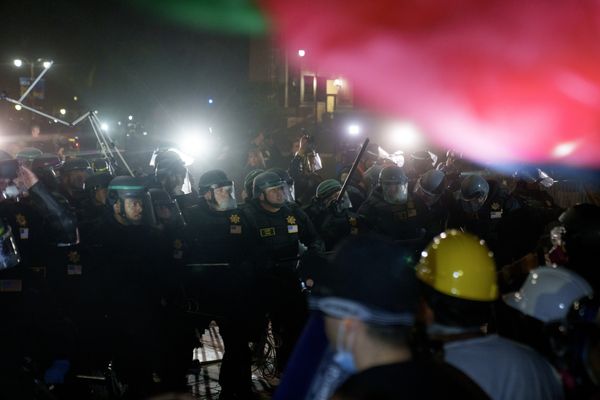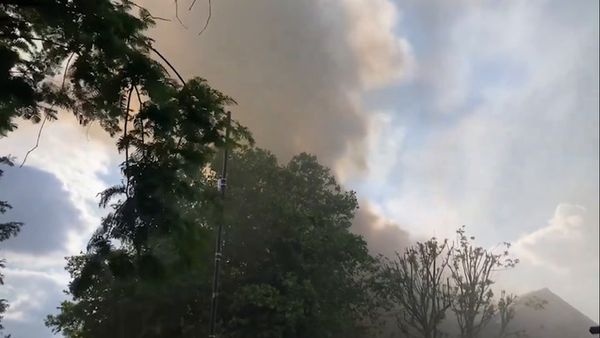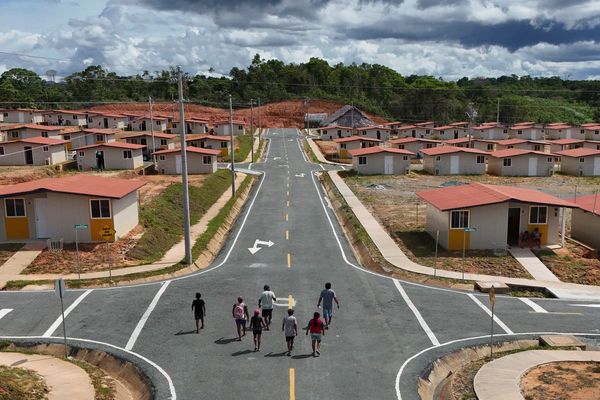
Beijing has established a centre for underwater archaeology in the South China Sea, in the latest effort to consolidate its claims in the hotly contested waters.
At a launch ceremony on Saturday in the southern island province of Hainan, National Cultural Heritage Administration director Li Qun said the vast South China Sea is "an important section of the Maritime Silk Road".
This made the waters home to the "richest underwater artefacts" and crucial to China's cultural heritage, said Li, according to a post issued by the administration on Monday to the WeChat social media platform.
Li said the establishment of the archaeology centre was "of special importance for passing on Chinese traditional culture and safeguarding national sovereignty, security and maritime rights, and interests".
China's claims to most of the South China Sea - based on the "nine-dash line" - are disputed by neighbouring countries, including the Philippines, Vietnam and Malaysia. Tensions between the rival claimants mounts from time to time, making the waterway a potential flashpoint.

China has long considered underwater archaeology a way to demonstrate its sovereignty, by linking the waterway's artefacts to the maritime section of the historic Silk Road that connected the country with Southeast Asia, the Indian subcontinent and even the Arab peninsula.
According to Chinese state media, the 250 million yuan (US$36.4 million) centre in the city of Qionghai in Hainan's east, had been planned since 2012.
Work on the centre, which includes facilities for archaeological research and the restoration of shipwreck artefacts, started in 2018 but was briefly disrupted by the Covid-19 pandemic.
But China's archaeological excavations in the South China Sea began as early as the 1990s, when archaeologists from the mainland were joined by counterparts from Taiwan and Hong Kong, the state media report said.
In an interview with Phoenix TV in 2015, then deputy culture minister Li Xiaojie said the research was important to provide historical evidence of China's ancient activities in the South China Sea.
"If there are a large number of historical remains from ancient China, specifically shipwrecks, or buildings and inscriptions on islands, all of these could indicate that historically China had sovereignty over an island, a shipping lane, and it had regular economic and trade activities in the sea," he said.
"So underwater archaeology does have an important role to play in safeguarding national interests, demonstrating national sovereignty and providing historical evidence."
Beijing's claims in the South China Sea were dealt a blow in 2016 when an international tribunal in The Hague ruled in favour of a lawsuit brought by the Philippines.
China refused to participate in the arbitration or accept the ruling that there was "no legal basis" for China's claim to historic rights to the sea's resources within the nine-dash line.
The Qionghai centre is the latest in China's heavy investments in marine archaeology, including several museums which house porcelain, coins and other artefacts from the South China Sea.







